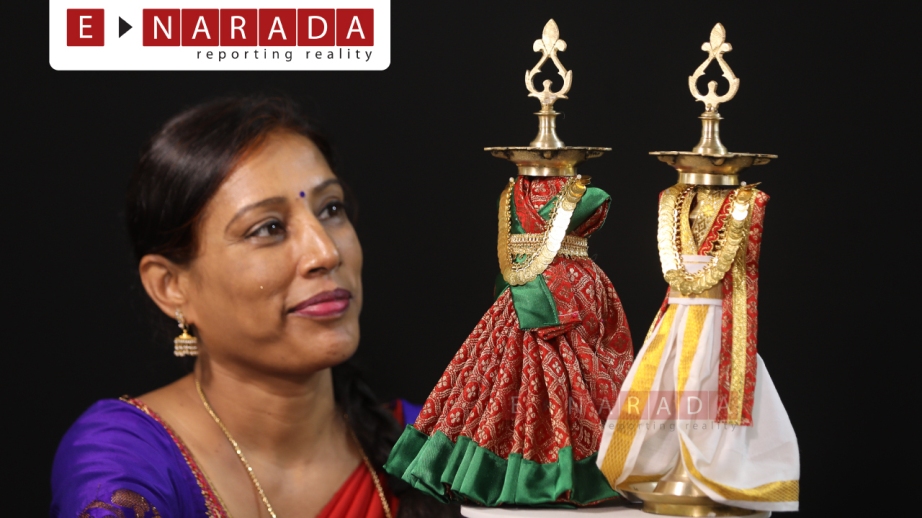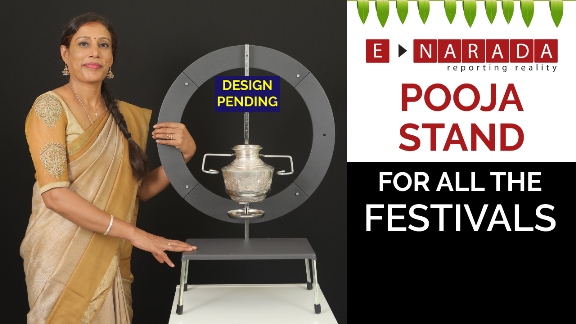
ENARADA, Bangalore, July 14, 2013:
Despite the global economic slowdown, size of the High Income group (HIG) consumers continue to enlarge and spend over 40% of their monthly income on some of the world’s largest luxury brands whereas the middle income group (MIG) consumers have come under heavy pressure, reveals the ASSOCHAM latest survey.
The factors that have fuelled the luxury industry’s growth are the rise in disposable income, brand awareness amongst the youth and purchasing power of the upper class in Tier II & III cities in India whereas the middle income groups spending on food products and education have increased significantly in the last 10 years.
The ASSOCHAM recent survey on “Indian Luxury Market Holds Strong despite Global Economic Downturn” was conducted in major places like Delhi, Mumbai, Kolkata, Chennai, Ahmedabad, Hyderabad, Pune, Chandigarh and Dehradun. A little over 200 employees were selected from each city on an average. Delhi ranks first in spending most on luxury brands followed by Mumbai (2nd), Ahmedabad (3rd) Chandigarh (4th), Kolkata (5th), Bangalore (6th), Chennai (7th) and Dehradun (8th), says Mr. D S Rawat, Secretary General ASSOCHAM.
Around 55 per cent of the survey respondents fall under the age bracket of 20-29 years, followed by 30-39 years (26 per cent), 40-49 years (16 per cent), 50-59 years (2 per cent) and 60-65 years.
The survey was able to target employees from 18 broad sectors, with maximum share contributed by employees from IT/ITes sector (17 per cent). After IT/ITeS sector, contribution of the survey respondents from financial services is 11 per cent. Employees working in engineering and telecom sector contributed 9 per cent and 8 per cent respectively in the questionnaire. Nearly 6 per cent of the employees belonged from market research/KPO and media background each. Management, FMCG and Infrastructure sector employees share is 5 per cent each, in the total survey. Respondents from power and real estate sector contributed 4 per cent each. Employees from education and food& beverages sector provided a share of 3 per cent each.
The report says that the slowdown in the economy has not affected the spending patterns of high income group (HIG), with many of them stating that maintaining their lifestyle is an extremely important facet of their social life. “Throwing lavish parties such as business success, wedding or launch parties has become a new area of spending”, reveals the survey.
The survey also highlights that majority of women tend to make purchasing decisions around cosmetics, perfumes, spa treatments, clothes, footwear, bags and jewelry. Men on the other hand mostly decide on purchases related to alcohol, watches and automobiles. Joint decisions are made on hotels, resorts and restaurants. While there are some similarities in terms of motivation, women appear far more likely to buy luxury as a form of self-reward and pampering, whereas men are traditionally driven by status, mentioned the ASSOCHAM survey.
A majority of survey respondents (85%) said they purchase luxury items during overseas trips, with cosmetics, watches, bag, and perfumes etc. The survey also notes that buying habits don’t change whether it is a business or a leisure trip.
The survey data shows that around nearly 75% of potential consumers search for luxury brands on the internet at least once a month. There are also increasing signs of changing consumption patterns in major cities.
High income group (HIG) in metro cities are increasingly engaging via online forums in discussions around luxury brands; data shows that around 75 percent of potential consumers search for luxury brands on the internet at least once a month, a substantial increase from 25 percent in 2013.
The demand for luxury goods in metros are booming as incomes continue to rise. The survey also reveals the role of digital media and the extent to which it is being used as a tool to engage high-end consumers, adds the survey.
The brand recognition continues to rise as consumers become more discerning and seek experiential luxury as well as unique one-of-a-kind luxury brands and products, said Mr. Rawat.
Many of the major luxury brands are continuing with their current investments, despite the ongoing global economic slowdown, women are an important target market for luxury players, as their purchasing power rises and start to seek a wider range of products, adds the survey.
The survey respondents cited convenience as the main motivation to purchase online, while cost saving did not matter as much as a factor. In terms of barriers to online purchasing, they cited concerns over authenticity of products, payment safety concerns and lack of after-sales service.
Over 66% of survey respondents said they prefer to purchase well known luxury brands, whilst 69 per cent separately indicated they would pay a premium for well-known, popular luxury brands.
The luxury market in India is pegged to grow at 25% in 2013 till 2015, and is likely to touch US$ 15 billion from the current level of US$ 8 billion, reveals a study by industry body ASSOCHAM.
While the Indian Government’s recent Foreign Direct Investment (FDI) policy for single brand retail is one that can revolutionize the retail sector, further fine tuning keeping all stakeholder interests in mind, is needed to facilitate the smooth entry of foreign luxury brands into India, said Mr Rawat.
The luxury sector in India can be broadly split into the following verticals:
Products: Apparel and Accessories, Pens, Home Décor, Watches, Wines & Spirits and Jewelry
Services: Spas, Concierge service, Travel & Tourism, Fine Dining and Hotels
Assets: Yachts, Fine Art, Automobiles




